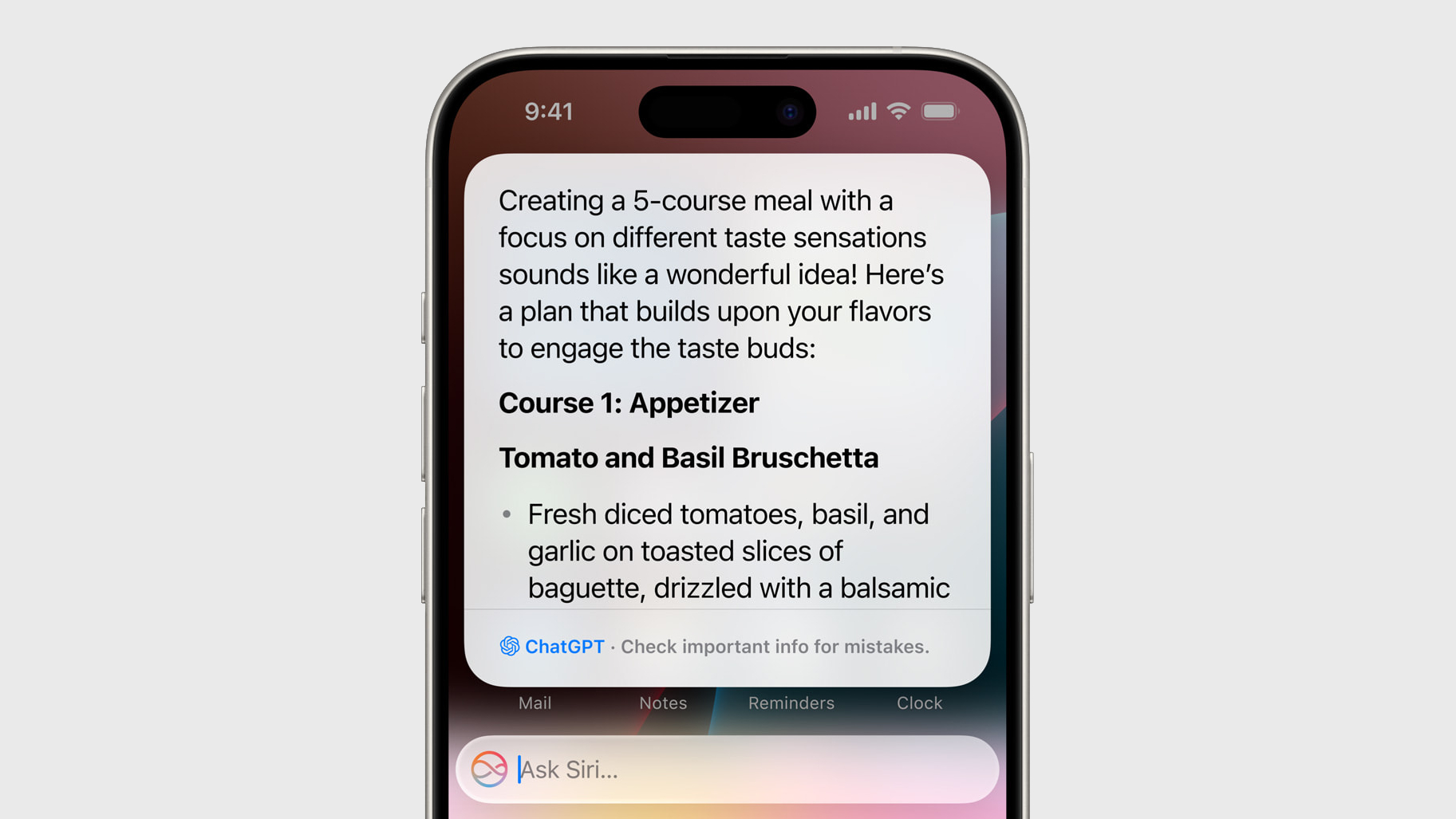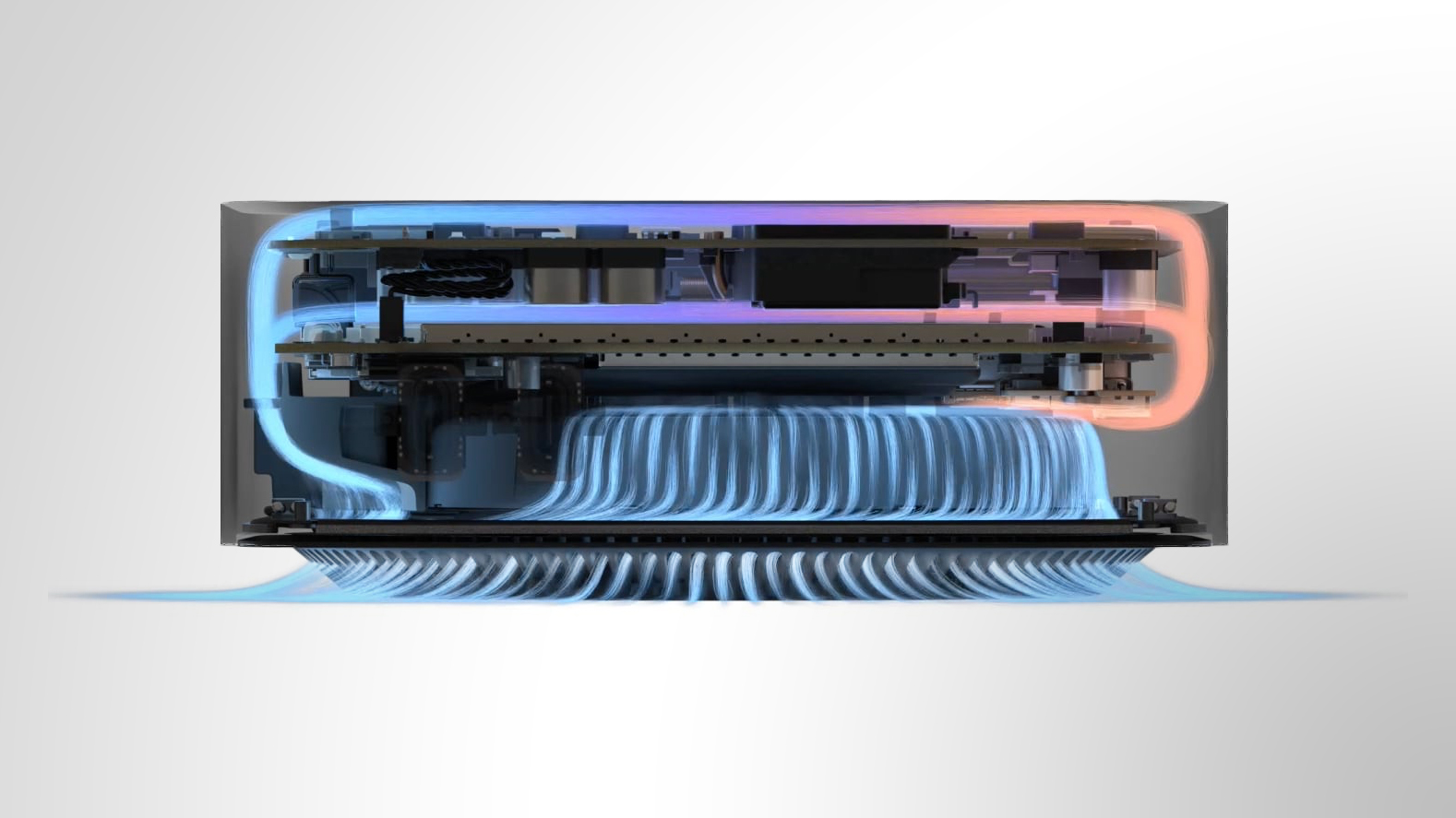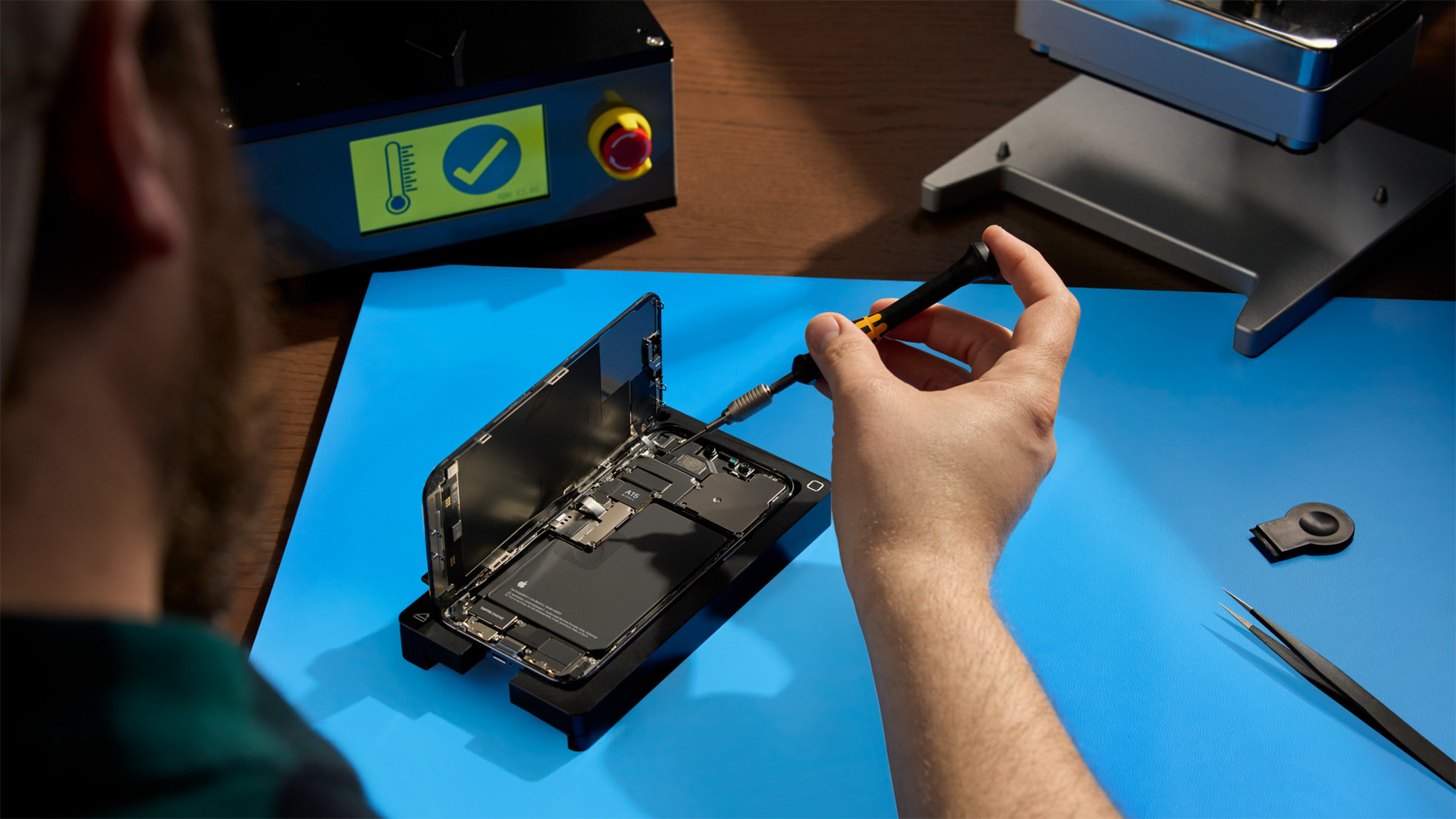Heart rate monitors and heart rate training explained: Everything you need to know
Health tech has been a massive growth area over the past 20 years. It wasn’t too long ago that a heart rate monitor was a piece of specialist equipment, found in labs or on elite athletes.
But now there are heart rate sensors packed into loads of devices, at a full range of price points, making it easier than ever to keep track of your heart rate and put that to use in your training and fitness activities.
But what’s it all about? Here’s a simple guide to heart rate monitoring, why it’s useful, how to use it, and what devices are available.
Why heart rate monitoring?
The biggest question is “why?” Why do people monitor their heart rate? What’s the point?
Simple: your heart rate is a really good way to gauge the impact of an activity on your body in real time.
As you exercise, your heart rate increases to pump more blood around your body, delivering oxygen and removing waste by-products to and from your muscles. There’s a lot more going on in the cardiovascular system than that, but that’s the basic process.
Lighter exercise causes a smaller rise in heart rate and more intense exercise produces a larger increase. By monitoring your heart rate, you can get a quantifiable sense of how hard you are working and that means you can use it to guide your training and measure your performance.
Importantly, by monitoring your heart rate, you can get a sense of whether you are exercising at the correct intensity to achieve the results you want.
What is heart rate training?
With wide access to heart rate data, heart rate training is now something that’s easy to get involved with. Many training programmes, either directly or indirectly, are linked to heart rate and heart rate zones.
Regardless of why you’re exercising – to lose weight, to get a personal best in your next race, to increase your match day performance – heart rate monitoring can help focus your efforts to ensure you are training at the right intensity.
Heart rate training puts the focus on hitting specific zones, personalised to you, so you know that you’re working hard enough, or critically, that you’re not overdoing it. Because heart rate is focused on the individual, it means you can train without having to hit speed or distance measures that you might never be able to achieve. Instead, you can focus on hitting your target heart rate.
What devices can be used to monitor heart rate?
With convergence being the big trend in technology over recent years, most people will get a heart rate monitor as part of another device. That no longer has to be a device designed specifically for sport, with most smartwatches now offering this function, as well as many fitness bands.
There are two types of worn devices: optical and electrical. The optical sensor uses light to detect heart rate through the skin, while the electrical detects electric signals from the heartbeat.
Here are some examples:
Apple Watch
Squirrel_widget_2670420
Apple Watch has been a hugely popular choice, including an optical heart rate monitor since the original version in 2014. The performance of the heart rate sensor has improved over the generations and the Watch SE offers a great balance of value for money and features. There’s GPS to track your sports too, on top of all those smartwatch functions, with integration into Apple Fitness+ too.
Garmin watches
Squirrel_widget_160772
There are a huge number of Garmin devices to choose from. They are designed for sports and fitness and all recent models have an optical heart rate sensor on the back, whether you choose from Forerunner, Fenix, Vivo, Venu or others. Functions are aimed towards active lifestyles, with a lot of support for heart rate training, personalised zones, workouts within these zones and other feedback points.
Polar watches
Squirrel_widget_161514
Polar was one of the first brands to offer commercial heart rate monitors and it is still in the business, with a range of sports devices offering optical heart rate tracking. Like Garmin, they provide lots of support for sports, guidance on zones and feedback on your performance and training programmes based around heart rate.
Fitbit devices
Squirrel_widget_217724
Fitbit has offered fitness devices for many years. Cheaper models focus on motion, but many now offer optical heart rate tracking too. Again, with a fitness focus, you can get guidance on zones, training plans and feedback on your performance.
Chest straps
Squirrel_widget_3634518
Chest straps are regarded as the most accurate, using electrical signals to detect heart rate. The downside is you have to wear the strap around your chest. Modern chest straps support additional functions, Bluetooth and ANT+ connectivity, giving connection to other devices (phones, laptops, gym machines, bike computers) and some, like the Garmin HRM-Pro uses additional sensors to provide advanced metrics for some sports, if used with a compatible Garmin device.
Standalone optical sensors
Squirrel_widget_4152590
Taking the sensor away from the device can leave you with something like the Polar Verity Sense, which is just an optical sensor you can wear to gather heart data. The advantage this offers is it’s cheaper and more convenient than a chest strap, but can again add data to a range of other devices, making it an easy option for cyclists or those who want to use an app on their phone for their workouts.
Gym machines
You’ll often find there are heart rate sensors built into gym machines. Grip plates or touch sensors on treadmills, cycling machines or elliptical trainers will give you a report of your heart rate on the display. While they don’t give you the persistent monitoring and convenience that a worn device will, they can give some guidance about your heart rate.
What are target heart rates and heart rate zones?
Many of the devices that track your heart rate will ask for your basic details – like your age. Then your maximum heart rate is approximated by subtracting your age from 220.
Target zones are then calculated as a percentage of your maximum heart rate.
The target zone for moderate activity is between 50-70 per cent of your maximum; the target for vigorous activity is between 70-85 per cent of maximum, according to the American Heart Association.
So, for a 40-year-old, that would come out as a maximum heart rate of 180bpm (220 – 40 = 180). Then moderate activity would be between 90-126bpm, and vigorous between 126-153bpm.
In reality, that’s a very basic approach and many heart rate devices and training programmes will use four or five zones instead:
Zone 1: Very light, 50-60 per centZone 2: Light, 60-70 per centZone 3: Moderate, 70-80 per centZone 4: Hard, 80-90 per centZone 5: Very hard, 90-100 per cent
This will give a much better range of guidance, because you can account for recovery in the low zones, or interval training at the top. Most of the heart rate trackers above will give you zone feedback at the end of an activity, so you can see the benefit that this training session had, while also tracking the zone during the activity.
Don’t worry – you don’t have to calculate this on the fly. Often you can glance at your sports watch and see the coloured feedback of the zone, usually running from light blue for Zone 1 up to red for Zone 5 or similar.
Some devices will allow you to input custom zones (if you’re a more advanced user), or will update your own values based on your performance. For example, some Garmin devices can update your zones based on your performance, with custom values each for running, cycling and swimming.
That means that from a basic 220-age calculation, they can evolve to be a lot more personalised to you and your real-world performance.
What are heart rate zones used for?
Once you are aware of these zones, they can be used to guide you toward more effective training. Most training programmes will use these zones to differentiate between types of workout to achieve your chosen aims.
While many think about increasing speed by running faster, a balanced training programme will include things like low intensity recovery runs. Here, it’s not about hitting those high zones, but spending time in the lower zones that’s important.
This is why heart rate training is important – because it can just as easily tell you when you’re working too hard, as well as when you’re not working hard enough. For example, many beginner runners will run at a heart rate that’s really high. This can often be unsustainable – and running slower would be better for them, allowing them to enjoy the run, lower the impact and reduce recovery time.
There are free workouts you can choose from most of the major platforms – and many other resources online – but if you’re opting to use something like a Garmin or Polar device, you’ll find that they have training programmes suggesting types of workout that often directly relate to those heart rate zones above.
Fitness platforms – Garmin Connect, Strava, Polar Flow (above) and others – will show you heart rate data and heart rate zones, so it’s really easy to find and view this data. Naturally, devices like Garmin will create training programmes based around heart rate for you – suggesting you spend a particular amount of time in a particular zone. It will then use your watch to alert you if you’re too high or too low, so you can adjust your intensity to fit the workout.
What is resting heart rate?
Your resting heart rate (RHR) is how fast your heart beats when you’re not doing anything. This varies from person to person, with the British Heart Foundation saying that anywhere between 60-100bpm is normal.
Your individual biology plays a part here – some people will be lower – what’s most important about RHR is that it gives you a good idea of how rested you are. Knowing what your average RHR is will make it easy to detect when you’re stressed or tired, because your heart rate will be higher than average.
This is, essentially, how a device can measure stress. If you’re not doing moving, but your RHR is higher than your normal average, your body is doing something, perhaps fighting infection, perhaps you’re over tired, or perhaps you’re responding to increased adrenaline because you’re anxious or excited.
Again, resting heart rate is often monitored by devices with a heart rate monitor. If you’re feeling run down, you might find your RHR is higher than normal, a good indicator that you should take it easy.




